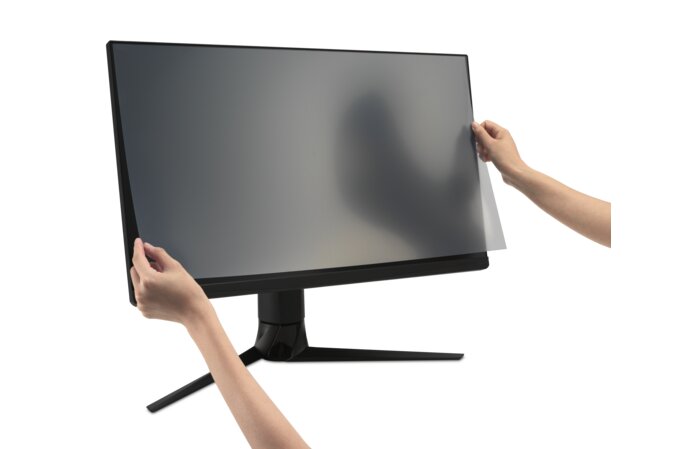Have you ever experienced sore, tired, burning, dry, or itching eyes? How about headaches, sensitivity to light, neck and shoulder pains, blurred vision, and difficulty concentrating at work? If you found these symptoms familiar, you might have eyestrain.
Eyestrain is a condition that happens when your eyes undergo intense use on a regular basis. The most common causes are stress or fatigue, prolonged exposure to digital device screens, and activities that involve extended periods of detail work.
To lessen and prevent eyestrain while working, here are some easy and doable preventive measures that will help you be kinder to your eyes:
Use lubricating eye drops such as artificial tears. Dry eyes lead to strained eyes. The medicine relieves the organ by keeping it well-lubricated. Not to mention, it prevents the recurrence of the conditions’ symptoms.
Second, improve the air quality of your workspace. Adjust your thermostat, use a humidifier, and avoid dry air blown onto your eyes. These adjustments will help you prevent dry eyes and reduce eye strain when working.
Too much glare and bright lighting from your environment and computer can cause eyestrain in the workplace. Soften your overhead lights, turn the blue light filter on or place an anti-glare cover on your digital screens, and use a shaded light positioned in front of you to prevent bright light directly onto your eyes.
Take breaks and limit your screen time. This can greatly reduce eye strain in the workplace. If your job requires you to use the computer majority of your time, remember the 20-20-20 rule. Every 20 minutes, take a break to view an object or a surface 20 feet away for 20 seconds. Such regulation will help you lessen the strain on your eyes.
Lastly, if you use reading glasses or contact lenses whenever you need to work, get in touch with your healthcare provider and choose the proper eyewear for you. Your ophthalmologist can help you determine the best tool for you to prevent and lessen eyestrain.
Generally, treating eyestrain consists of changing your habits or your environment. However, if you notice that you still have the symptoms despite making these adjustments, contact your doctor to make sure that you do not have underlying health problems.
Interested in useful tips like this? Follow @SourcefitPH on our social media and visit our website to read more.
















:max_bytes(150000):strip_icc()/GettyImages-588480373-8bed740ed3b34642a73684bcfa754024.jpg)



